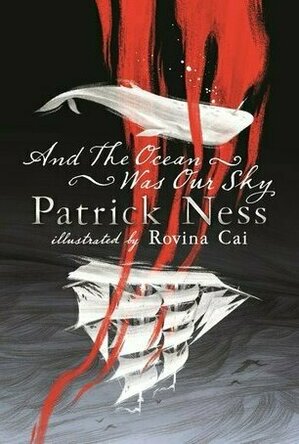
Nekrotronic (2018)
Movie
A man who discovers that he is part of a secret sect of magical beings who hunt down and destroy...

The Man Who Killed Hitler and Then the Bigfoot (2018)
Movie Watch
A legendary American war veteran is recruited to hunt a mythical creature.

Project X (1987)
Movie Watch
As punishment for a minor offense, the Air Force assigns pilot Jimmy Garrett (Matthew Broderick) to...

When Art Meets Design
Book
When Art Meets Design by Hunt Slonem offers an exciting view into artist Hunt Slonem's fantastically...

And the Ocean Was Our Sky
Book
With harpoons strapped to their backs, the proud whales of Bathsheba's pod live for the hunt,...

Little Learners Fiji
Education
App
Little Learners Fiji is a Flash card app which will help increase vocabulary, concentration and...

Spot the Differences! find hidden objects game
Games, Entertainment and Stickers
App
***Hunt your way through thousands of high quality photos, including delicacy, celebrities, pop...

The imperfects
TV Show
After an experimental gene therapy turns them into monsters, three twenty-somethings band together...

